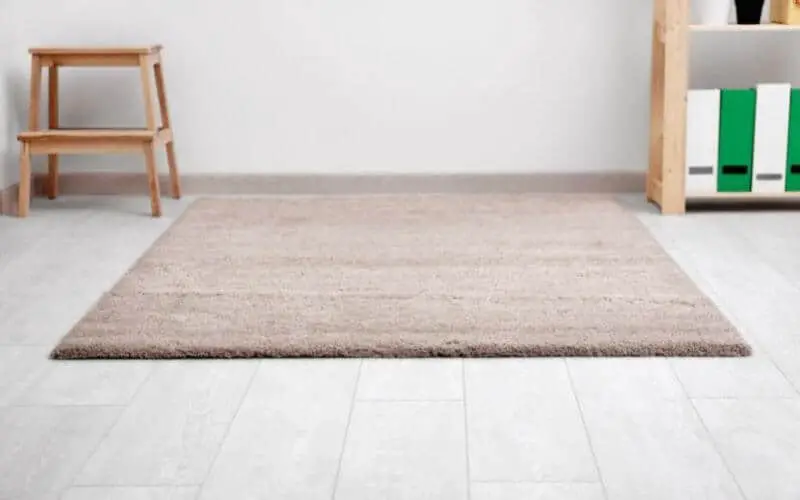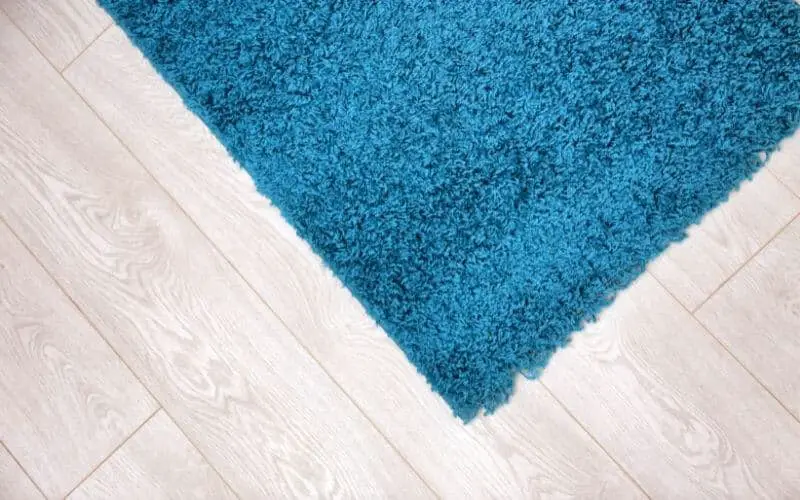Carpet is a great flooring option; it not only looks very good, but they also add a comfortable feel to your home; but carpet is just like any other type of flooring and is susceptible to wear and damage, meaning they need replacement every now and then.
So, how often should carpet be replaced? There isn’t an exact frequency at which carpeting should be replaced.
How long carpet lasts depends on a number of factors, such as the type of carpet, the quality of the construction, the number of people and pets in the home, and how well the carpet is maintained; high foot traffic could also reduce the lifespan of your carpet.
On average, carpet lasts between five and 15 years before needing replacement. The room in which the carpet is installed also impacts its lifespan.
Carpets installed in bedrooms tend to last longer than carpets installed in areas with more traffic, such as living rooms or family rooms.
Frequently cleaning your carpets also makes a big difference in their overall condition. Regularly vacuum and deep clean your carpet at least every six months; this will help your carpet to last longer than if you neglect maintaining your carpet.
Read: How to get wrinkles out of carpet
How to Replace Carpet Padding
Table of Contents

Remove the Carpet
To access the carpet padding, pull up the carpet along the wall close to the damaged area of the carpet pad. Carpet edges are usually held down with wooden tack strips and are usually less than an inch away from the wall.
Remove the tacks with caution as they are very sharp. Pull the carpet back to expose the area of the carpet pad that needs replacement. Fold or roll the carpet to keep it in place and prevent it from getting in your way as you work.
Read: How to get maggot out of carpet
Remove the Old Carpet Padding
Cut out the damaged section of the carpet padding using a razor knife and pull it away from the rest of the padding. Pull up the old padding off the floor using a floor scraper, which also removes old adhesive and helps to loosen staples, making them easy to pull out.
If you are removing the carpet padding due to pet stains, you must eliminate the odor first to prevent the pet from soiling the new padding as well.
Use the cutout carpet padding as a sample and take it to the carpet store to find one with a similar thickness and density.
Applying a moisture barrier on the carpet padding is a great step if you are dealing with pet stains. It prevents the soilage and moisture from penetrating into the floor all the way through the padding.
Read: How to dry wet carpet padding
Install New Carpet Padding
Carpet padding has two different sides; a smooth one and a waffled side. Place the new carpet padding on the floor with the waffled side facing up and the edges overlapping before cutting it out straight.
Adjoin the edges by holding a straightedge tool over the overlapped edges and draw a razor knife along the straightedge.
Do not cover the tack strips with the padding, so you need to trim it to lie alongside the strips. Hold the seams in place using duct tape, then staple the padding about every 6 inches to attach it to the subfloor. Use flooring adhesive to hold the padding down to the subfloor if it is concrete.
Install the Carpeting
When the carpet padding has been installed, unfold the carpet and install it back in place. Press the carpet’s backing onto the tack strip lightly, or you can use a carpet knee-kicker tool to help you restretch the carpeting firmly onto the tack strip.
With the carpet in place, tuck in the edges into the shoe molding along the wall using a carpet stair tool.
Read: How to lay carpet without a knee kicker
Conclusion
How often should carpet be replaced? An average carpet lasts between five and 15 years before needing replacement, but this depends on a number of factors, such as the type of carpet, the quality of the construction, the number of people and pets in the home, and how well the carpet is maintained.
